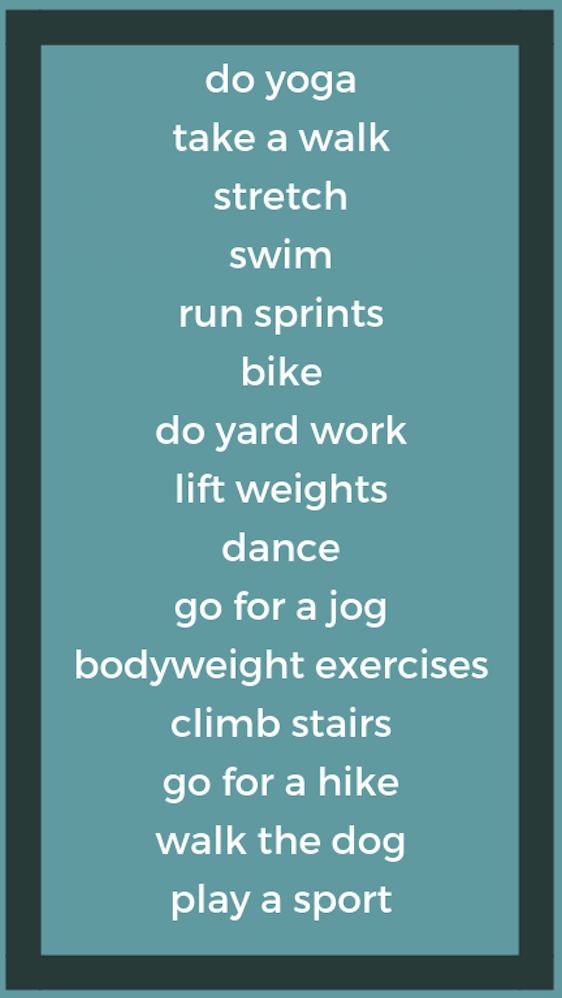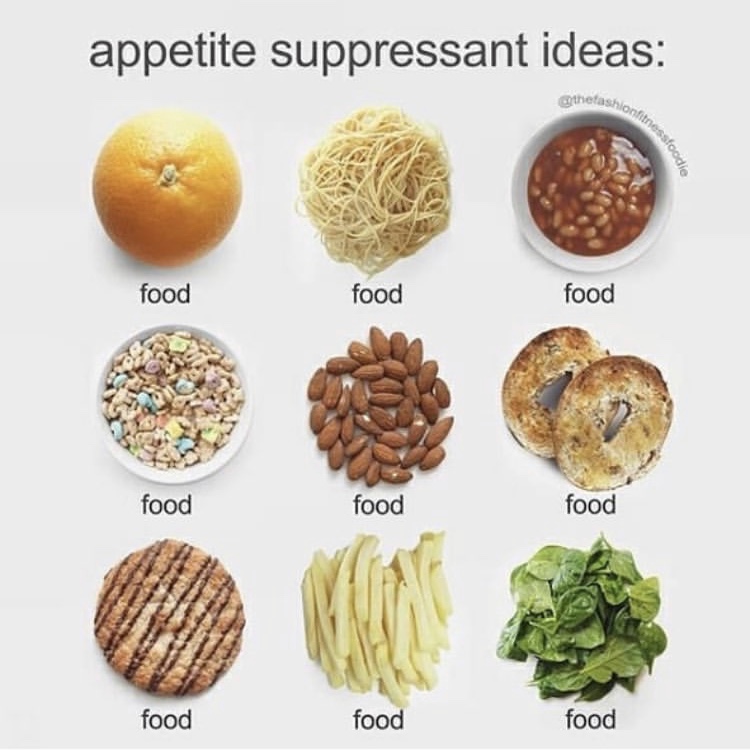written by dietetic intern Brittany Dernbach
Mealtimes can be a struggle. I can recall a myriad of times sitting imprisoned at the kitchen table—long after dinner was over—for not finishing my chicken and cooked carrots. My parents were supporters of the “clean plate club.” You ate what was served and how much of it was served to you, regardless of how long it took you to finish; and for me, sometimes that took quite literally all night.
Mom and dad, if you ever end up reading this, I turned out fine. However, if my parents had taken into account some of Ellyn Satter’s principles on feeding children, it would have saved us all a few (hundred) meltdowns.
Ellyn Satter is a Registered Dietitian, family therapist, and feeding expert. Through her work with families, she fostered the concept of Division of Responsibility in respect to feeding children.
Division of Responsibility is as simple as it sounds: the responsibilities of eating behaviors are divided between the caregiver and the child. Caregivers are responsible for choosing which foods should be served at each meal, when the meal times occur, and where they take place. From this, children are responsible for how much, if at all, they want to eat from what is served.
It sounds rather unorthodox, right? Satter’s methods are backed by numerous professional organizations and parents for not only their efficacy, but their simplicity. The kitchen table should not be a battlefield. Oftentimes, dinner time is the only point throughout the day most families get to spend together. Raising an intuitive eater means less stress on you as the caregiver, and more power for your child to learn about their body and how to regulate it.
Here are some tips for raising an intuitive eater and removing some of the stress from mealtimes.
Set Expectations
Ellyn Satter’s Division of Responsibility is not a set of rules, but rather a set of guidelines to support caregivers in implementing what works best in their homes for feeding their children. This will look different in everyone’s life! Create a schedule that works for your family; remember, as the caregiver, you’re in charge of the “what, when, and where” of mealtimes. Establish an age-appropriate meal and snack schedule, and most importantly, stick to it. When sporadic snacking and grazing are off the table (literally), your child will learn to regulate their hunger-fullness cues.
Try Serving Meals “Family Style”
I know what you’re thinking—the last thing you want is your messy three-year-old flinging pasta salad halfway across the dining room while serving themselves. Serving meals family-style allows your child to be independent and create their own plate from what is offered. If family-style meals are not an option, promote autonomy and independence by serving your child a little bit of everything and reminding them they are to eat only what and how much they want—this includes having second helpings! Incorporate foods that they like to an extent during meal times, but give them the opportunity to explore new foods during meal times as well.
Food is Fuel, NOT a Currency
It seems like an easy trade to offer an extra scoop of ice cream later in exchange for your child eating just a few more bites of their vegetable medley… Remember, it’s normal for your child to have likes and dislikes with food, just as you likely do! At some point, they will eat what is served if they’re hungry. Allowing them to skip certain items on their plate encourages their bodies to further regulate its hunger-fullness scale; trust that your child’s body is getting what it needs! There is no reason to promote making a child’s body larger or smaller unless pertinent medical issues exist. It’s easy to stress over your child getting “too much” of this, or “too little” of that. Try looking at their nutrition over a period of time, not meal to meal. It may feel like they only eat bread and blueberries, but over the course of a week, they are getting what their body needs to maintain growth.
Practice (and Patience) Makes Perfect
Change is hard, especially when it comes to your kids and their health. There will be growing pains to implementing changes! It can be troubling to see children skip meals, eat the same things repeatedly, and ignore the green foods on their plate, but just like learning to sleep through the night, riding a bike, or tying their shoes, eating is a skill that requires repetition.
Try getting your child involved in the meal planning or prepping process. Look at what foods are in season near you, and find an age-appropriate activity to help teach them about a new food. Then, buy it and cook it together! Sometimes, new foods aren’t as daunting if your child sees and participates in the process.
For example, it’s March, and carrots are in season. Find a craft that allows your child to learn more about carrots, while you find a few recipes that include them; Pinterest is a great (and free) resource for both. Take your child to the store and look at carrots together. They come peeled and tiny in bags, and much bigger with stems—and sometimes, they come in different colors! Dip carrots into a yummy spread, bake them with child-friendly seasonings, and add them to homemade chicken noodle soup. Presenting foods in a variety of ways can help get your child out of the seemingly endless food jags.
The Bigger Picture
Eating disorders typically aren’t on a parent’s radar when the main concerns occupying your world are getting your toddler to try anything else but macaroni and cheese. Keep in mind, the eating behaviors you model for your children today become their inner voice as adolescents. If we teach them that all foods fit into a healthy lifestyle, and empower them with the autonomy that they can choose what and how much to eat based on how they feel, it allows them to self-regulate and honor their hunger-satiety cues early on. This ability is linked to a lesser chance of dangerous disordered eating patterns in the future. Needless to say, a positive relationship with food and perception of hunger-fullness goes a long way—and it starts with us!
















































